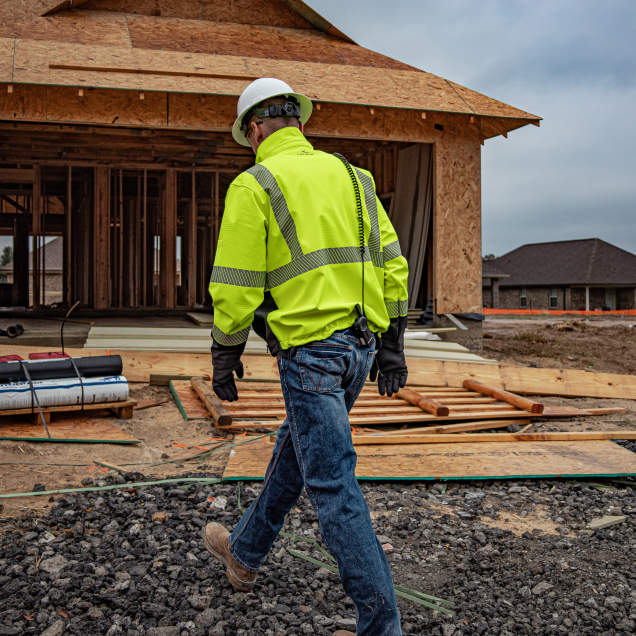
The Four Levels of OSHA PPE: What You Need to Know
Share
When it comes to workplace safety, Personal Protective Equipment (PPE) is your last line of defense against hazards. The Occupational Safety and Health Administration (OSHA) recognizes four main levels of PPE, each designed for different levels of risk exposure. Understanding these levels can help employers ensure proper protection for their workers — and help employees stay safe on the job.
Level A – Maximum Protection
When it’s used:
Level A PPE is required when the highest level of skin, respiratory, and eye protection is needed. This is typically used when workers are exposed to highly toxic environments, unknown substances, or oxygen-deficient atmospheres.
Typical Components:
-
Fully encapsulating, vapor-tight chemical protective suit
-
Self-Contained Breathing Apparatus (SCBA)
-
Chemical-resistant gloves (inner and outer)
-
Chemical-resistant boots (steel toe and shank)
-
Two-way communication system
Example scenarios:
-
Hazardous material spill with unknown vapors
-
Work in confined spaces with potentially lethal gases
-
Handling highly corrosive or toxic chemicals in unstable conditions
Key point: Level A offers complete encapsulation — nothing is exposed.
Level B – High Respiratory Protection, Less Skin Protection
When it’s used:
Level B is chosen when respiratory protection is critical, but the risk to skin is less severe than Level A scenarios. It’s still used in potentially dangerous atmospheres but without the need for full vapor-tight suits.
Typical Components:
-
Hooded chemical-resistant suit (splash protection)
-
Self-Contained Breathing Apparatus (SCBA) or supplied-air respirator
-
Chemical-resistant gloves
-
Chemical-resistant boots
-
Hard hat (if required)
Example scenarios:
-
Emergency response to chemical spills where vapors are known but not immediately life-threatening
-
Industrial cleaning with strong acids or solvents
-
Initial site surveys in hazardous waste operations
Key point: Level B protects breathing as much as Level A, but skin protection is for splashes rather than vapors.
Level C – Known Airborne Hazards, Lower Risk
When it’s used:
Level C PPE is used when the type and concentration of airborne substances are known, and air-purifying respirators provide adequate protection. The environment must have sufficient oxygen (at least 19.5%) and hazards must be well-characterized.
Typical Components:
-
Coveralls or splash suit
-
Air-purifying respirator (full-face or half-mask)
-
Chemical-resistant gloves
-
Safety goggles or face shield
-
Safety boots or shoes
Example scenarios:
-
Laboratory work with hazardous chemicals in controlled conditions
-
Routine maintenance with known dust or vapor exposure
-
Manufacturing environments with monitored airborne contaminants
Key point: Level C is only for known hazards in non-life-threatening concentrations.
Level D – Minimal Protection
When it’s used:
Level D is basic work clothing for situations with no respiratory hazard and minimal risk to skin. It’s often used in “clean” work environments but may still involve physical hazard protection.
Typical Components:
-
Standard work uniform, coveralls, or lab coat
-
Safety shoes or boots
-
Safety glasses or goggles
-
Gloves (as needed for the task)
Example scenarios:
-
General maintenance in non-hazardous areas
-
Office or warehouse work with minimal chemical risk
-
Routine manufacturing without airborne or skin hazards
Key point: Level D is not for hazardous environments — it’s for general work where PPE is minimal.
Final Thoughts
Selecting the right PPE level is more than just following a checklist — it’s about accurately assessing the hazard. OSHA’s four levels provide a clear framework:
-
Level A: Maximum respiratory and skin protection
-
Level B: Maximum respiratory protection, lower skin protection
-
Level C: Known hazards with air-purifying respirators
-
Level D: Minimal hazard, basic protection
Employers should conduct regular hazard assessments and ensure that workers are trained, fitted, and comfortable with their PPE. In safety, the right gear can mean the difference between a close call and a catastrophe.
